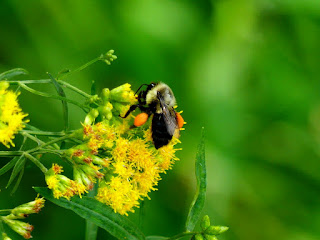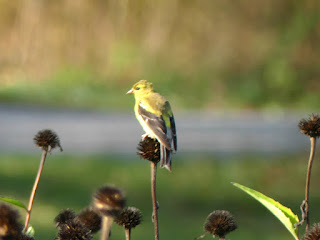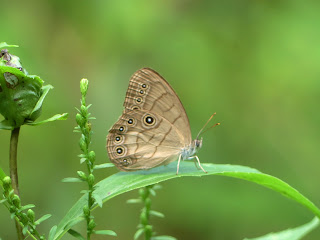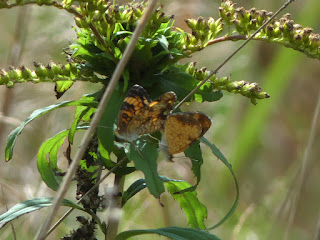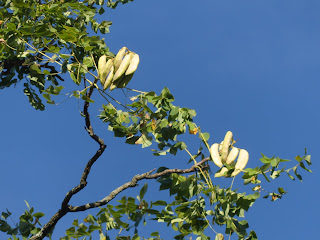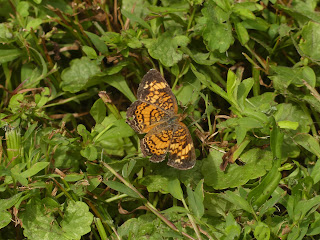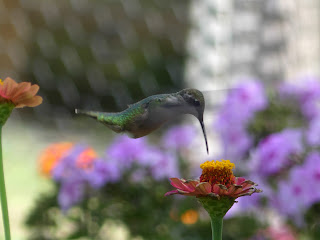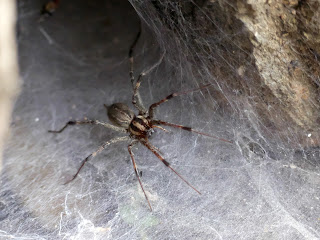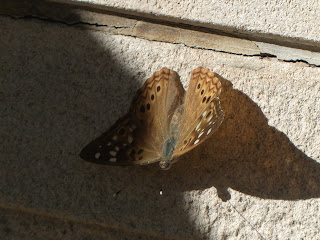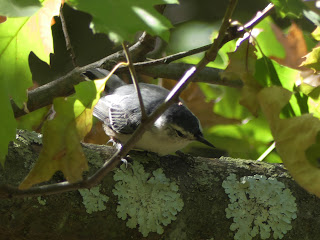Common Snapping Turtle
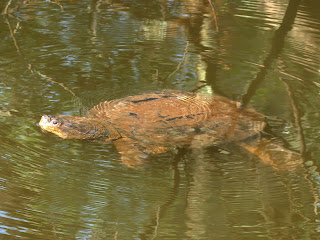
Here's a Common Snapping Turtle I met last September. This fella was swimming with its head out of the water so that even the underwater parts of the turtle photographed pretty well. It was at the Raritan Power Canal part of Duke Island Park, a habitat popular with many species of turtle [1]. While you may not think they're cute and cuddly, other snapping turtles disagree with that assessment . I talked a little about their relatives in this earlier post . And I talked about why they might be easier to spot at Duke Island Park here (hint: it involves food). September 16, 2022 at Duke Island Park Photo 248764345, (c) jpviolette, some rights reserved (CC BY-NC) [1] In my area, perhaps the best places to observe turtles are our 2 canals, the Delaware Raritan Canal and the (much shorter) Raritan Power Canal. Turtles seem to like the relatively calm water and plentiful basking opportunities there -and- the trails are close enough to the water that you can frequently get good looks




